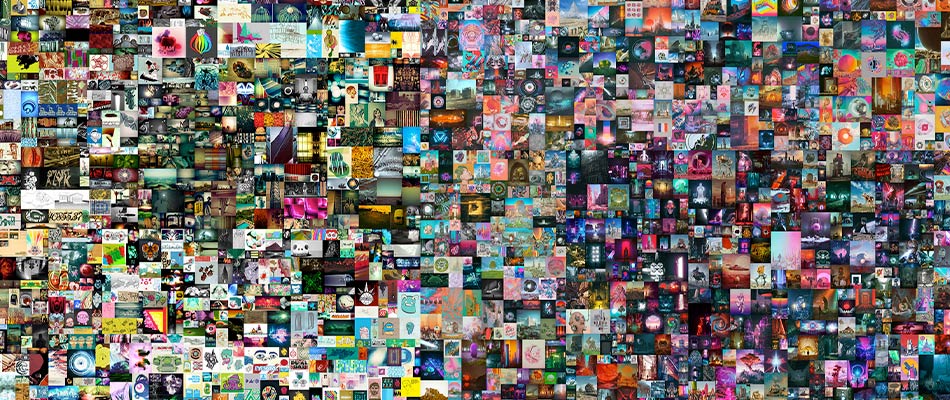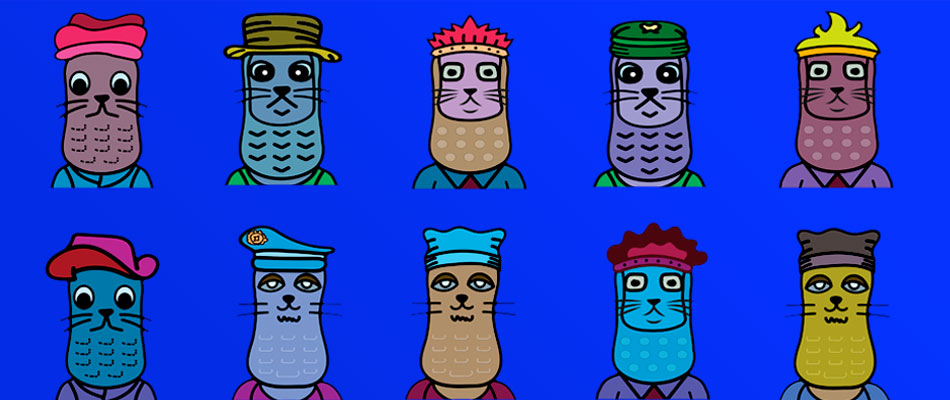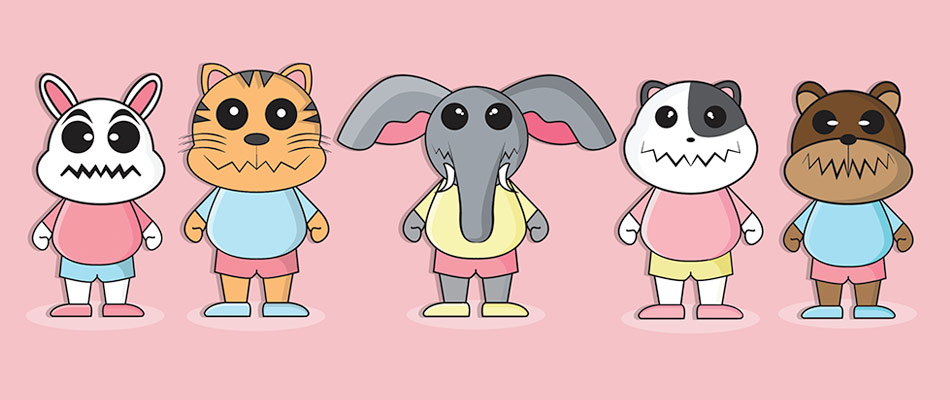If you’ve been paying attention to the tech world in recent years, you may have heard about NFTs. NFT stands for “Non-Fungible Token,” and they have become increasingly popular as a way for creators to monetize digital content. In this article, we’ll explore what NFTs are, why they have gained so much attention, and how you can create your own.
What does NFT stand for?
NFT stands for “Non-Fungible Token.” In economics, something that is “fungible” can be exchanged for something else on a one-to-one basis. For example, a dollar bill is fungible because you can exchange it for another dollar bill. In contrast, something that is non-fungible cannot be exchanged for something else on a one-to-one basis because it represents a specific item.
What exactly is an NFT?
An NFT is a digital asset that represents a specific item, such as an artwork, music, video, or even a tweet. NFTs are verified on a blockchain network, which provides proof of ownership and scarcity. This means that the creator of the digital asset can sell it as a one-of-a-kind item, and the buyer can prove that they own the original, unique item.
Why would anyone buy an NFT?
The value of an NFT is in its uniqueness and scarcity. If you buy an NFT, you are buying a one-of-a-kind digital asset that you can prove you own. This can be especially valuable for collectors who want to own a unique piece of digital art, music, or other content. For example, the “Bored Ape Yacht Club” NFT collection has become a pop-culture phenomenon, with collectors buying and selling NFTs representing different “apes.” The apes have become a status symbol, and owning one can be seen as a sign of prestige within the online community.
What is an example of an NFT?
One of the most well-known examples of an NFT is “The First 5000 Days,” an artwork created by digital artist Beeple (real name Mike Winkelmann). The artwork is a digital collage of 5,000 individual images that Beeple created and posted online every day for 13.5 years. The artwork was sold at auction by Christie’s in March 2021 for $69 million, making it the most expensive NFT ever sold at the time.

Beeple (b. 1981) EVERYDAYS: THE FIRST 5000 DAYS
How do you create an NFT?
To create an NFT, you need to “mint” it. Minting means creating a unique digital asset and verifying it on a blockchain network, usually on Ethereum using the ERC-721 standard. There are several marketplaces that allow you to mint and sell NFTs, including Opensea, Nifty Gateway, and Rarible. The minting process typically involves paying a fee, and the cost can vary depending on the marketplace and the complexity of the NFT.
What makes an NFT worth a lot?
The value of an NFT is determined by supply and demand, just like any other asset. If a lot of people want to own a particular NFT, its value will increase. Several factors can influence the value, including the reputation of the creator, the uniqueness of the asset, and the demand from collectors. For example, “The First 5000 Days” by Beeple was sold for $69 million because it was a one-of-a-kind artwork created by a highly respected digital artist. The fact that it was sold by Christie’s, a prestigious auction house, also added to its value.
Another factor that can increase their value is its association with a particular event or brand. For example, in 2021, McDonalds released a limited edition NFT commemorating the return of the McRib. Fans had a chance to win this NFT by re-tweeting the announcement.
The value of an NFT can also be influenced by the overall trend of the market. In early 2021, there was a surge in interest in NFTs, which led to a significant increase in the value of many NFTs. However, as with any market, the value of NFTs can also fluctuate, and it’s very important to do your research before investing.
The Future of NFTs and Web 3
NFTs are just one example of the growing trend of Web 3, which refers to a decentralized internet built on blockchain technology. Furthermore, Web 3 has the potential to revolutionize many industries, including art, music, gaming, and more.
As more creators explore the possibilities of NFTs, we’re likely to see more innovative uses of this technology. For example, musicians can use NFTs to sell unique versions of their songs, while game developers can use NFTs to create rare in-game items that can be traded between players.
In Conclusion
NFTs are a unique way for creators to monetize digital content, and they have the potential to disrupt many industries. While their value is influenced by supply and demand, the uniqueness and scarcity of these digital assets can make them incredibly valuable. With the rise of Web 3, we’re likely to see more innovative uses of NFTs in the coming years, making it an exciting time for creators and collectors alike.





